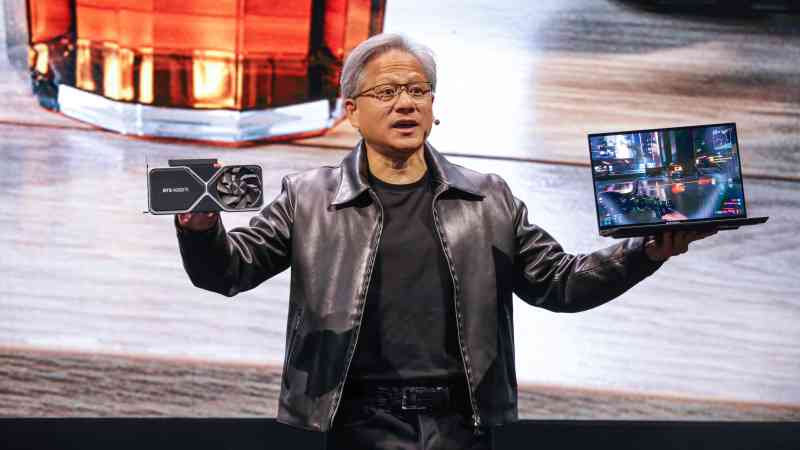No petrol or diesel by 2030? Carmakers say EVs are going nowhere fast
Elon Musk and Sir Keir Starmer may be doing battle over rioting and the involvement of social media companies such as Twitter/X, but in the coming weeks it will be another part of the tech tycoon’s empire — electric vehicles — that arrives on the prime minister’s worry list.
Labour’s manifesto committed to forcing car manufacturers to stop selling new petrol and diesel vehicles by 2030.
It was a bold intervention after the previous government’s repeated U-turns on the target. Boris Johnson first set a 2030 goal when he was prime minister, only for Rishi Sunak to relax the phase-out to 2035 when he took the top job, bringing it into line with the European Union — on the surface, at least.
The carmaking industry has howled that the targets are unachievable, particularly given the lack of charging points across the UK for longer journeys and the difficulty of plugging in at home for people who do not have their own garage or driveway.
Now, the chief executive of one of the most important providers of components to the auto industry, Dowlais — better known by its old name of GKN — has predicted that we will be lucky if we get global new car production to 50 per cent electric vehicles (EVs) by 2045.
Industry veteran Liam Butterworth is the boss of a company that supplies the drivelines that make the wheels turn in four out of every ten cars in the world, and also supplies 95 per cent of the world’s carmakers. He said: “We will reach fully electrified mobility at some point in the future, but it will be much further out than where the forecasts are today.
“I think by the mid-2040s we’ll still see probably around 50 per cent of new passenger cars with an internal combustion engine of some form or another.”
His predictions go far further than any other major figure in the industry has dared predict in public, but they elicit quiet nods of approval from many who complain about the previous government’s confusing rules — which, they say, are forcing carmakers to build more EVs than the public wants to buy.
Sunak’s relaxation of the 100 per cent target from 2030 to 2035 was a case in point. While he made great fanfare of telling the public that he was letting them off the hook, he left manufacturers with pretty much the same targets as before. They still have to get up to a position where 80 per cent of their UK sales are EVs by 2030, and there is an annual target to meet that ratchets up every year from 2024.
Missing those targets carries huge penalties. If carmakers do not hit them, they will have to pay a fine of £15,000 for each non-EV sold — albeit there are some get-outs for those that miss the deadline.
The policy creates a paradox: carmakers must ramp up their sales of EVs at a time when demand is falling. Classic economics dictates that the only way to square this circle would be for companies to cut their EV prices to tempt customers — but they cannot produce them cheaply enough to do that.
Companies such as Stellantis, producer of brands from Vauxhall and Citroën to Maserati and Fiat, have declared the targets unacceptable and are in talks with the Labour government to push for an alternative plan. Stellantis’s chief, Carlos Tavares, said last week that he had been in “an intensive and productive dialogue” with the new administration, but added: “So far, we don’t have the answers we need.”
He even warned that he could halt the company’s UK production of vans at its Luton and Ellesmere Port plants if a compromise cannot be reached.
The problem is exacerbated by the fact that Britain is out of kilter with its far bigger neighbour, the EU. Not only will the deadline be five years later there under Labour’s plans, but carmakers can include hybrids — cars that use a mix of electric plus petrol or diesel — to comply.
The EU is also said to be looking at extending its deadline.
Vehicle manufacturers say the issue needs fixing quickly because those £15,000 fines in the UK under the so-called ZEV [zero-emission vehicle] Mandate begin later this year. If, by the end of December, fewer than 22 per cent of cars sold are EVs, the penalty will kick in. Currently, across the industry, only 16 per cent to 19 per cent of new vehicles are EVs, with brands such as Ford far lower than that.
Companies will be allowed to buy credits from those way above the target, such as Tesla, or defer payment if they feel they will beat the target in future years. But Stellantis and others have ruled those options out. Some have suggested they might deliberately scale back their non-EV sales in the UK to massage the ratio.
Whatever happens, Butterworth at Dowlais said: “The overall industry is seeing an EV slowdown this year. You’re looking at about minus 2 per cent. What we’re seeing is a pause in the overall EV transition.”
With sales of electric vehicles stuttering, some carmakers are putting their EV investment push into reverse. Stellantis is ploughing money into adapting its Italian-built Fiat 500e electric-only chassis — or “platform”, in the industry jargon — so it can take a hybrid engine. Other companies, such as Jaguar Land Rover, are ensuring that their new platforms are similarly agnostic. Meanwhile, Mercedes-Benz is redirecting more funds into upgrading its combustion-engine S-Class.
Sir Jim Ratcliffe, the billionaire behind the chemicals and auto conglomerate Ineos, pulled the launch of his Fusilier electric SUV altogether because its small, petrol-powered “range extender”, used to recharge the battery when no charging points are available, would fall foul of the EV classification rules.
The head of Ineos Automotive, Lynn Calder, said: “The government has said [the 2030 target] is ‘what we want to do’, but there is just no plan. And there’s no consideration of what the consumer actually wants. EVs are more expensive and have lower residual [resale] value. It’s little wonder that drivers don’t want to buy them and are voting with their feet. Oh, and by the way, people don’t like being told what to do.”
The issue of residual values is a big worry for buyers of new cars. EVs on the forecourts can be up to a third more expensive than their combustion-engine equivalents, but their resale values are broadly the same, said Ian Plummer, commercial director of the Auto Trader automotive marketplace. “That depreciation gap is because the new EVs are too expensive to produce,” he added.
Customers’ worries over value for money and the difficulty of charging EVs are not the only factors putting them off. Insurance is also more expensive for EVs, Butterworth said, reflecting the fact that damaged batteries are costly and heavy, so the damage is more expensive when EVs crash.
Falling government subsidies are another key factor, and not just in the UK, where tax breaks such as the plug-in car grant have been removed — albeit that company-car and salary-sacrifice schemes are still generous for EVs. Butterworth said: “These changes have had a very big impact on demand, particularly in Germany, where they cut all EV subsidies at the end of last year. Italy also made changes earlier in the year.”
Will the UK government listen to the industry, and at least allow certain petrol-electric hybrids to be counted as EVs? Calder is not convinced: “The quest to get to a net-zero position in the UK is going to fail, and it’s going to fail because there’s no plan behind it.”
She said she was calling on the government to allow for a “stepped transition”, with new technology such as plug-in hybrid electric vehicles, known as PHEVs.
“That’s the message we want to get across, but I’m very aware that the people we’re talking to there have a very, very strong green agenda — specifically, [energy secretary] Ed Miliband — and I’m not really expecting them to be super-receptive to what we’ve got to say.”




Post Comment